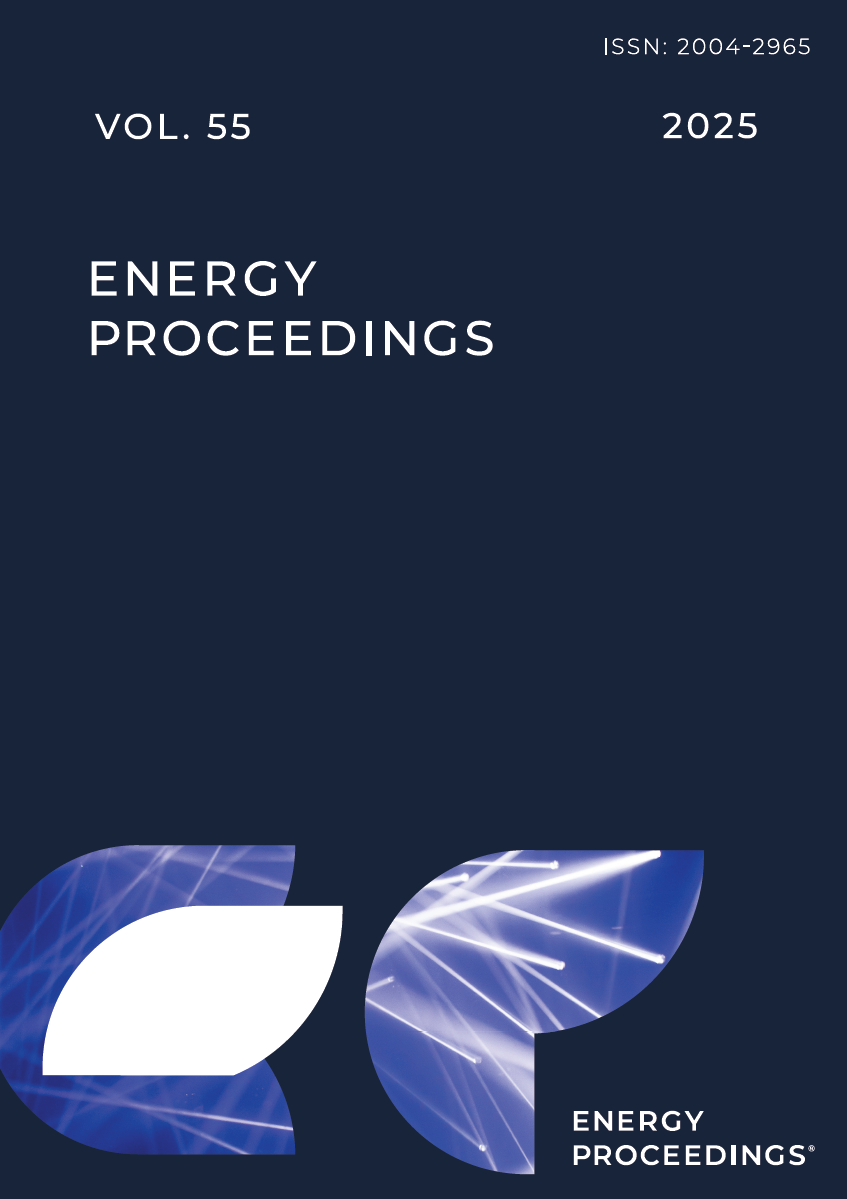
Volume 55
ISSN 2004-2965
Ageing-Aware Deep Reinforcement Learning for Adaptive Fast Charging of Li-ion Battery Considering Coupled Degradation mechanisms
Ben Shang, Yinglong He, Lei Wang, Zeyu Sun, Jianwei Shao, Constantina Lekakou, Jing Zhao, Youping Fan
Download PDF
Article Preview
Smart Choices: The Influence of Energy Literacy on Energy Technology Adoption
Laura Andolfi, Boris Ortega
Download PDF
Article Preview
System Dynamics Analysis of Interaction Behaviors and Pricing Mechanisms in Grid-Hydrogen-Vehicle System
Ruoxuan Zhao, Qiming Yang, Gengfeng Li, Minghao Li, Chenlin Ji, Dafu Liu, Ziwen Xu, Jiaju Shi, Zhaohong Bie
Download PDF
Article Preview
Flow Structure and Heat Transfer in a Channel With the Streamwise Ribs Arranged in the Buffer Layer
Jiarui Gong, Jiansheng Wang, Xueling Liu, Jintao Niu, Xuqing Wang
Download PDF
Article Preview
Effects of Thermal Accumulation Along the Path of Oxygen-Reduced Air Flooding on Pore Utilization Characteristics in Low-Permeability Reservoirs
LI Qihang, LI Yiqiang, YAN Zhiqian, WANG Wenxu, CAO Jinxin, ZHANG Yaqian, TANG Xuechen, SONG Tao, LIU Zheyu
Download PDF
Article Preview
Thermodynamic analysis of a methane carbon cycling reforming system integrated iron direct reduction
Yixin Weng, Fan Jiao, Shiying Yang, Lixinyu Mei, Xiaojing Shi, Yibiao Long, Qibin Liu
Download PDF
Article Preview
Techno-Economic Evaluation of Different Scenarios for Carbon Capture and Utilization Concepts for Steel Mill Off-Gases
Matthias Sadlowski
Download PDF
Article Preview
Calculation of Total Carbon Emission Capability of Integrated Energy Systems for Safe Operation
Shuai Zhang, Dan Wang, Hao Liu, Hongjie Jia, Tianshuo Zhou
Download PDF
Article Preview
Mapping Heat Electrification to Socioeconomic Segments of Consumers for Net-Zero Energy Transition
Shangyuan Liu, Weiqi Hua
Download PDF
Article Preview
Analysing the Effects of Common Passive Cooling Strategies in UK Homes
Lloyd Corcoran, Carlos E. Ugalde-Loo, Louise King, Christina Demski, Richard Lowes
Download PDF
Article Preview

Copyright ©
Energy Proceedings

